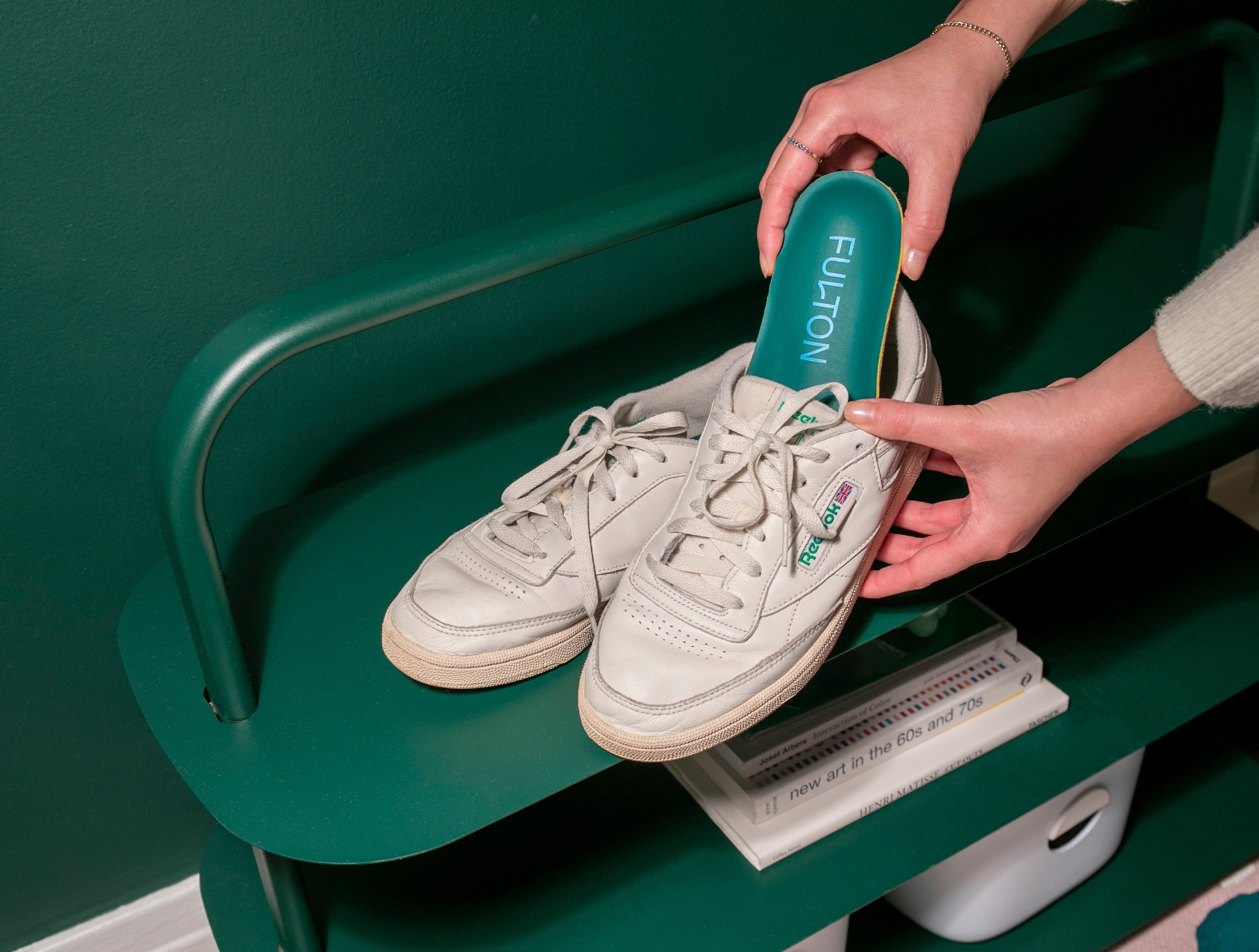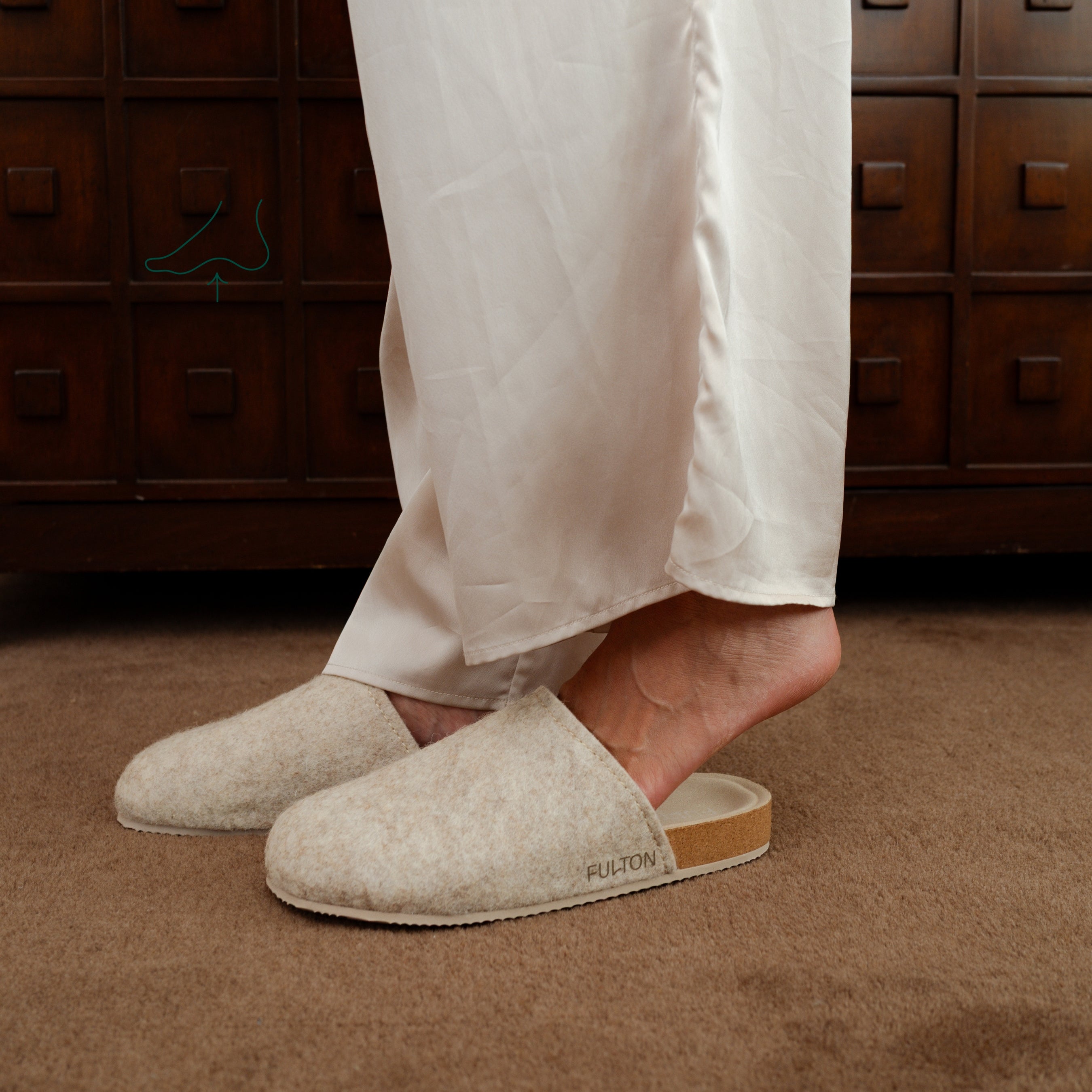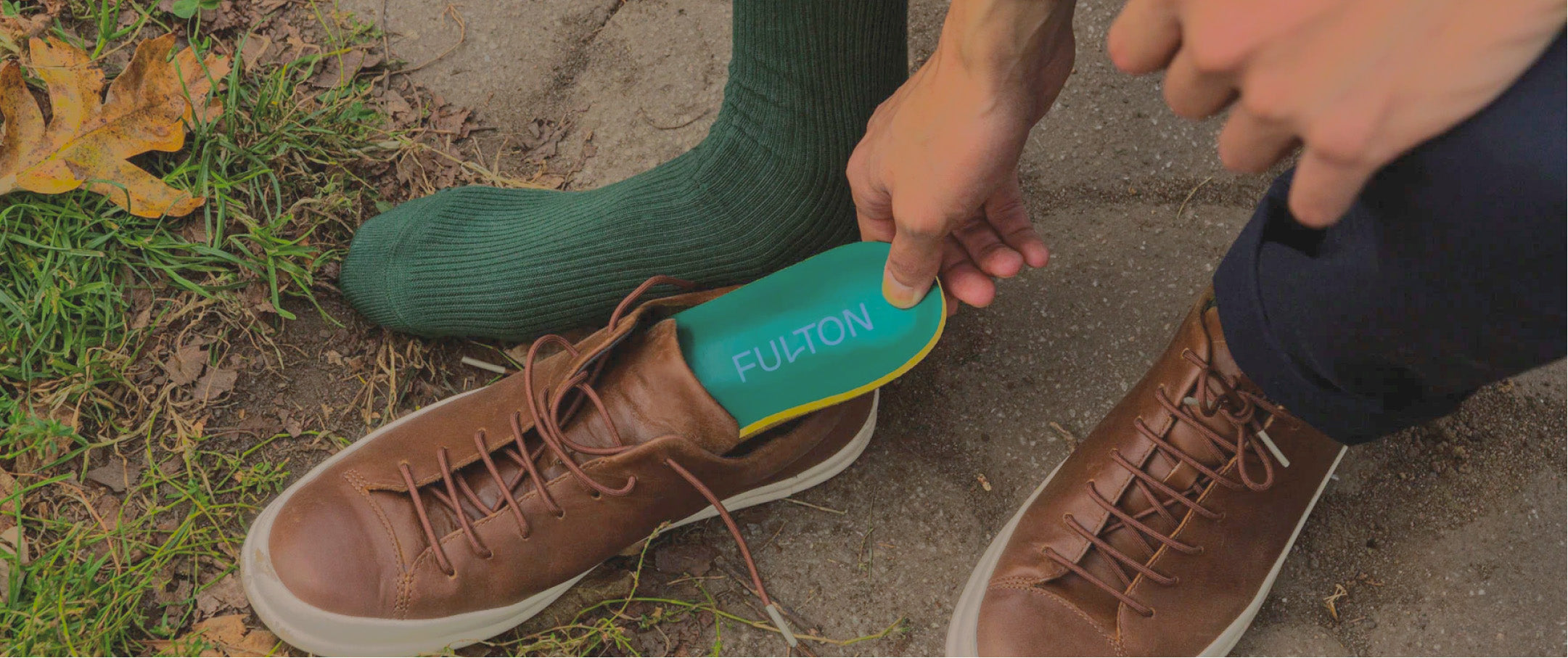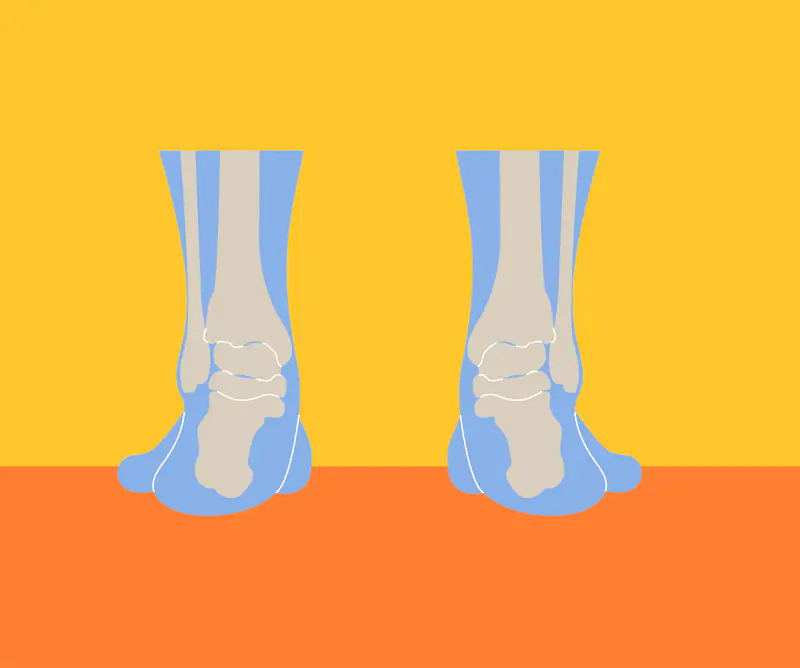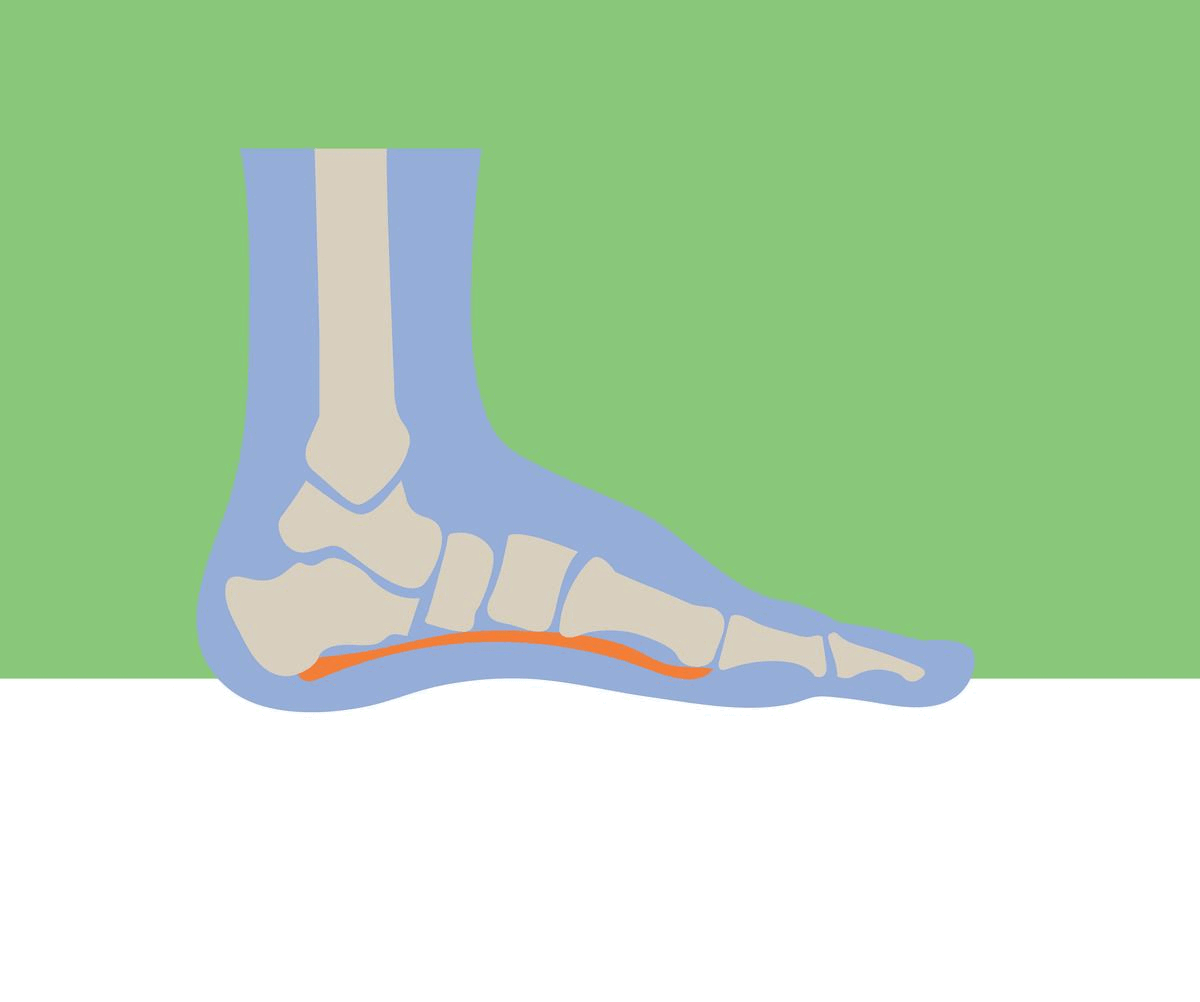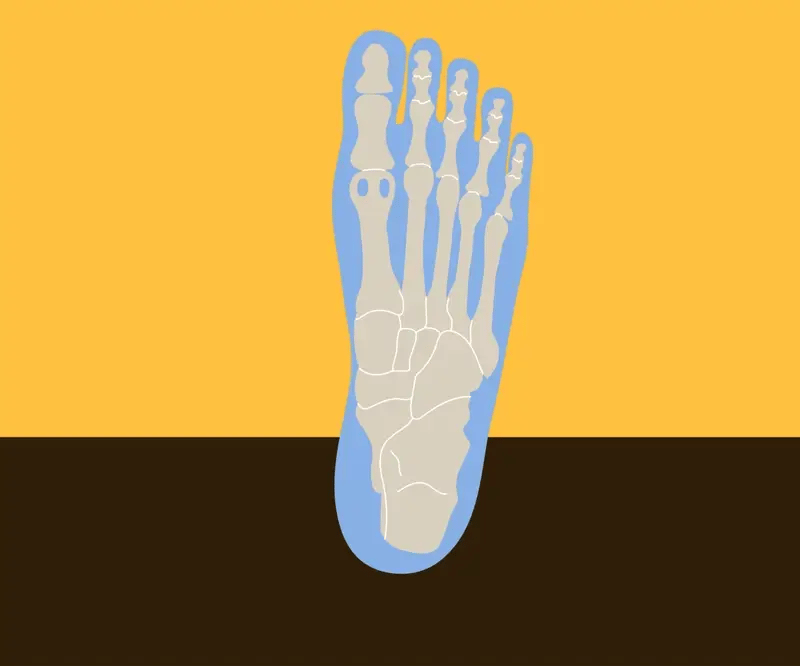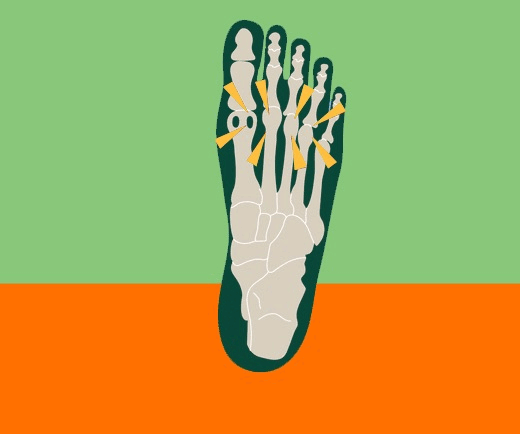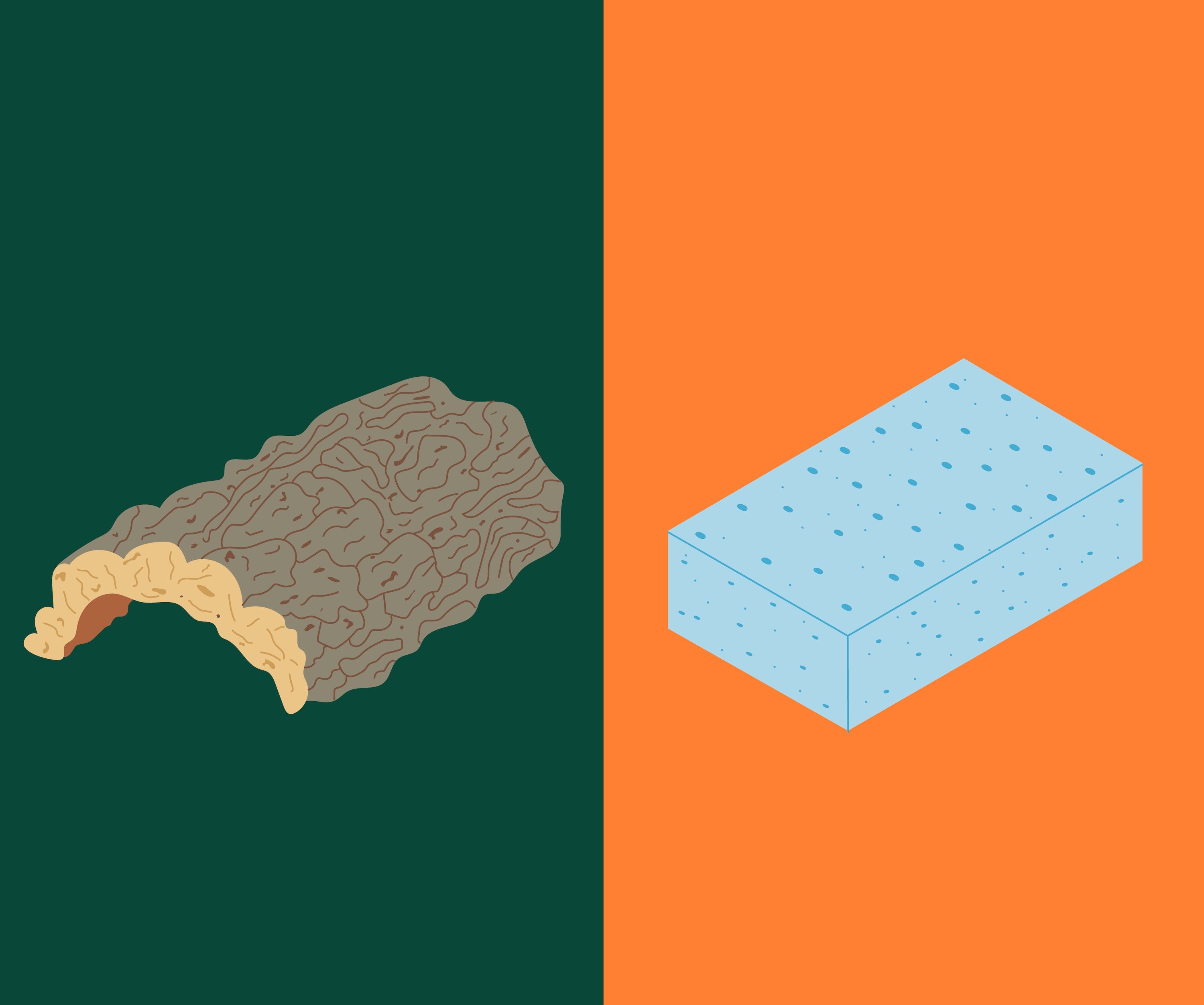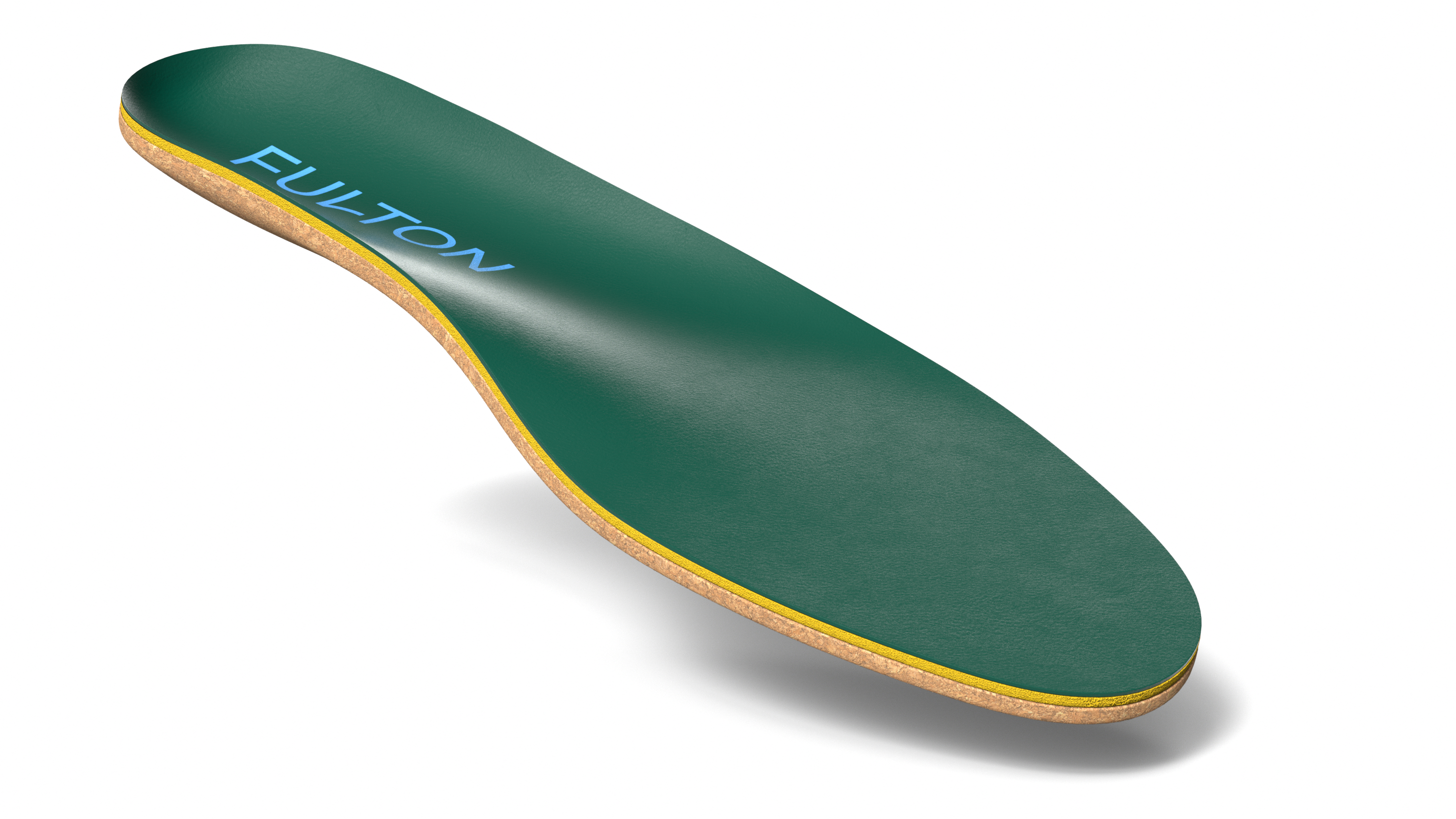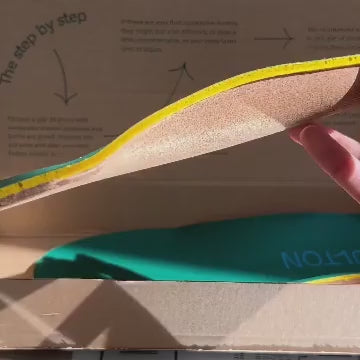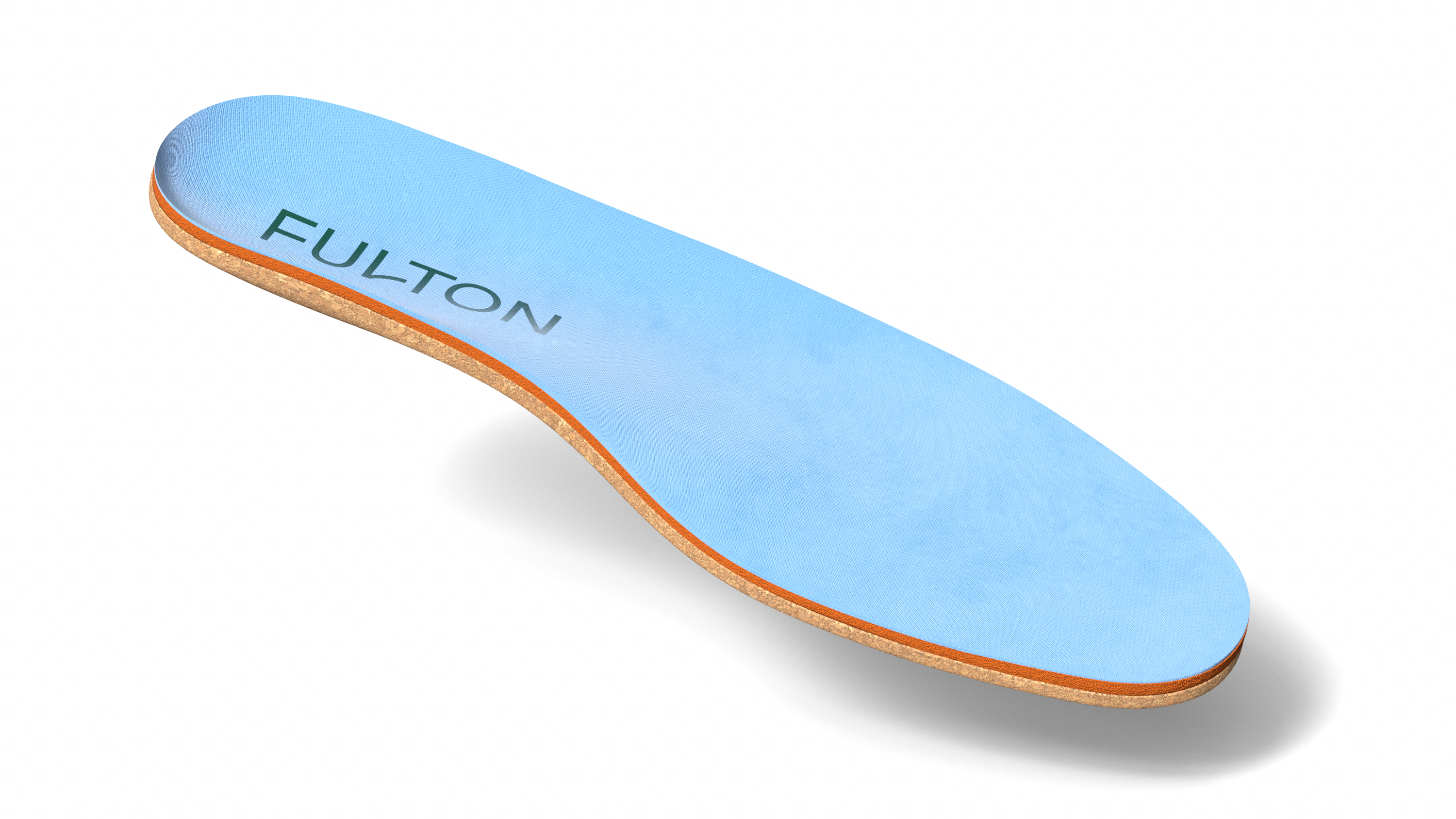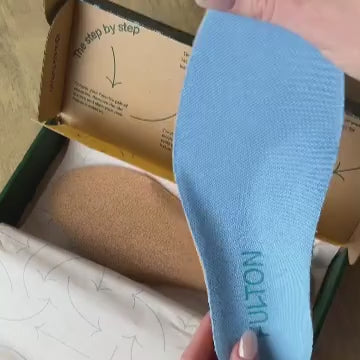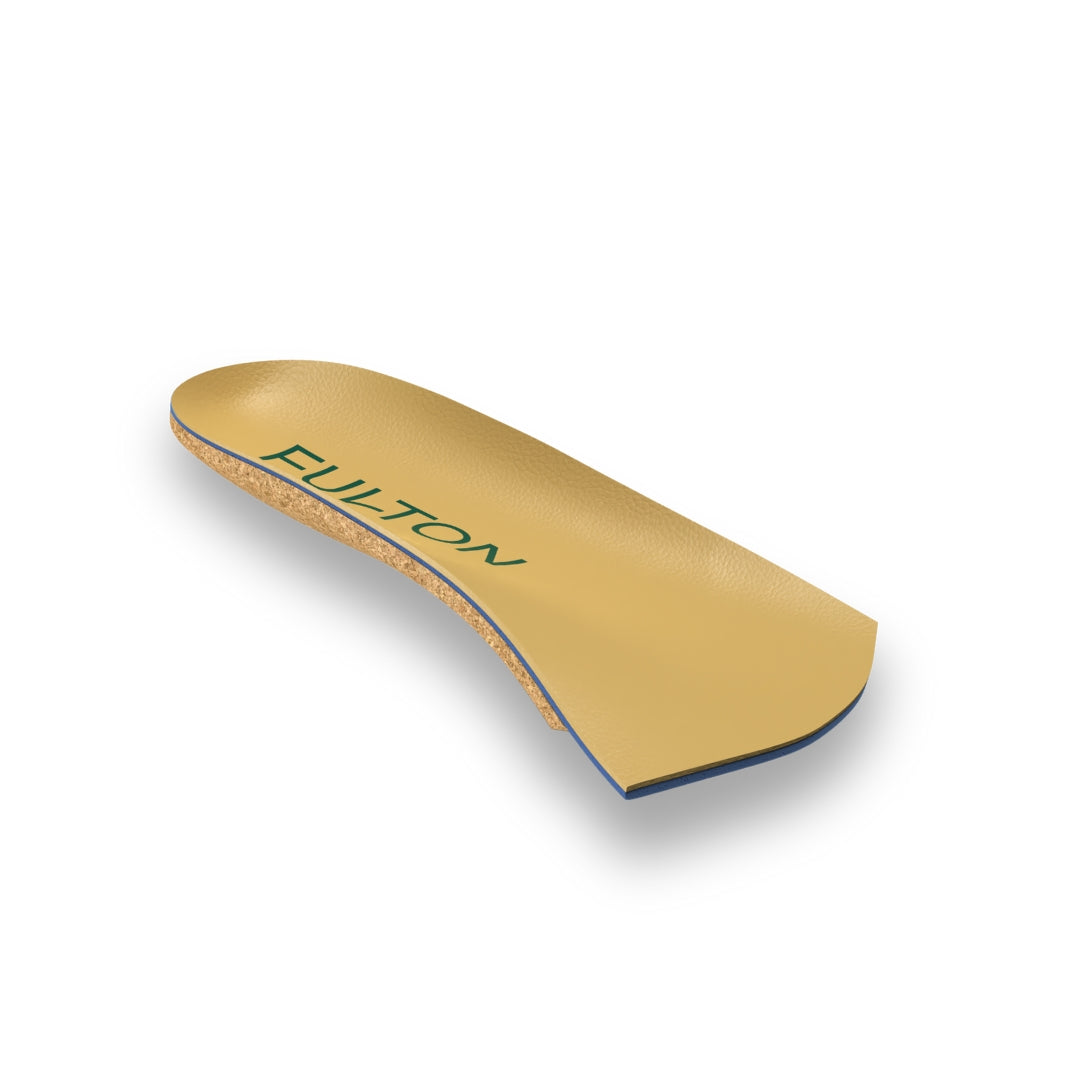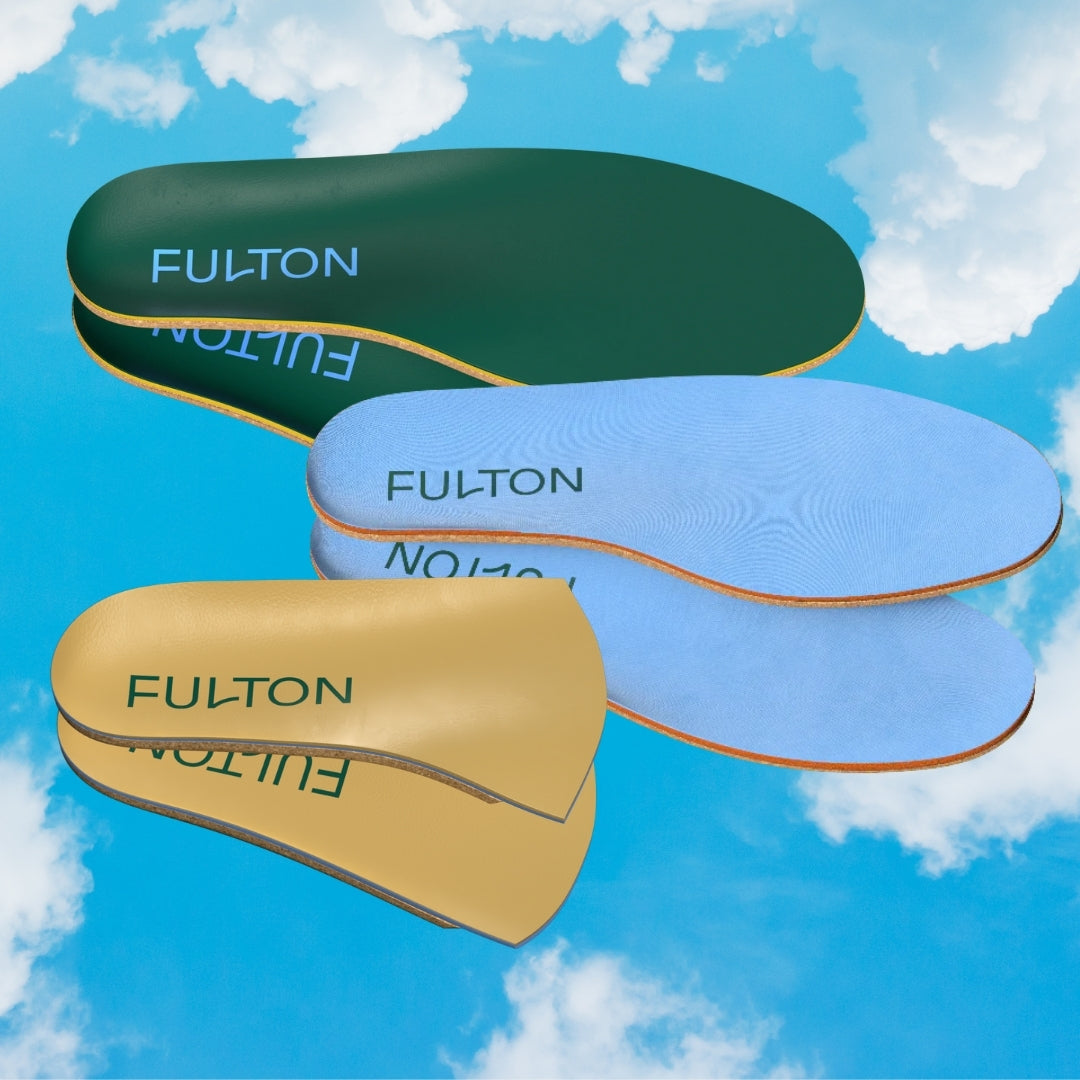What is Metarsalgia
Metatarsalgia is a common condition that causes pain and discomfort in the ball of the foot, also known as the metatarsal area. It is often caused by activities that put a lot of pressure on the metatarsals, such as running or standing for long periods of time, or by wearing shoes that do not provide enough support.
If you are experiencing metatarsalgia, you may notice symptoms such as pain when walking, a burning sensation in the ball of the foot, or numbness and tingling in the toes. While rest and ice can help alleviate the pain, incorporating certain exercises into your daily routine can also help prevent or reduce metatarsalgia.
Metatarsalgia exercises
Here are some exercises that can be helpful for relieving and preventing metatarsalgia:
- Toe stretches: Toe stretches can help strengthen the muscles in your toes and the ball of your foot, which can help alleviate metatarsalgia pain. To do a toe stretch, sit in a chair and place a towel on the floor in front of you. Place your foot on the towel and use your toes to pull the towel towards you. Hold for 10 seconds and then relax for 10 seconds. Repeat for 10-15 reps on each foot.
- Marble pickup: This exercise helps strengthen the muscles in the ball of your foot and can be done with or without marbles. To do the marble pickup exercise, place a small handful of marbles on the floor in front of you and use your toes to pick them up one by one and place them in a container. Repeat for 10-15 reps on each foot.
- Towel scrunches: This exercise helps strengthen the muscles in the ball of your foot and can be done with a towel or a sock. To do a towel scrunch, place a towel on the floor in front of you and use your toes to scrunch it up as tightly as possible. Hold for 10 seconds and then relax for 10 seconds. Repeat for 10-15 reps on each foot.
- Calf stretches: Tight calf muscles can cause metatarsalgia by putting extra pressure on the ball of the foot. To stretch your calves, stand facing a wall with your hands on the wall and your feet about hip-width apart. Step one foot back and bend the front knee while keeping the back leg straight. Hold for 30 seconds and then switch legs. Repeat 2-3 times on each leg.
- Balance exercises: Improving your balance can help reduce the stress on your metatarsals and prevent metatarsalgia. To do a balance exercise, stand on one foot and try to hold the position for 30 seconds. If you are having trouble, try using a chair or wall for balance. Repeat on the other foot.
Insoles for Metatarsalgia
In addition to these exercises, using supportive insoles can also be helpful in relieving and preventing metatarsalgia. Insoles, such as Fulton’s cork insoles provide additional support to the arch and metatarsal area of your foot. They can help redistribute the weight on your feet and take pressure off the metatarsal area, which can reduce pain and discomfort.
Fulton insoles are particularly effective at alleviating and preventing metatarsalgia due to their custom molding cork base. After about ten hours of use they mold to your unique arch height to provide the optimal amount of support and alleviate pressure off of the front of your foot. They also add comfortable foam to help alleviate pain and improve comfort.
Combining customized arch support with the exercises discussed above is the perfect way to alleviate pain and prevent it from returning.


